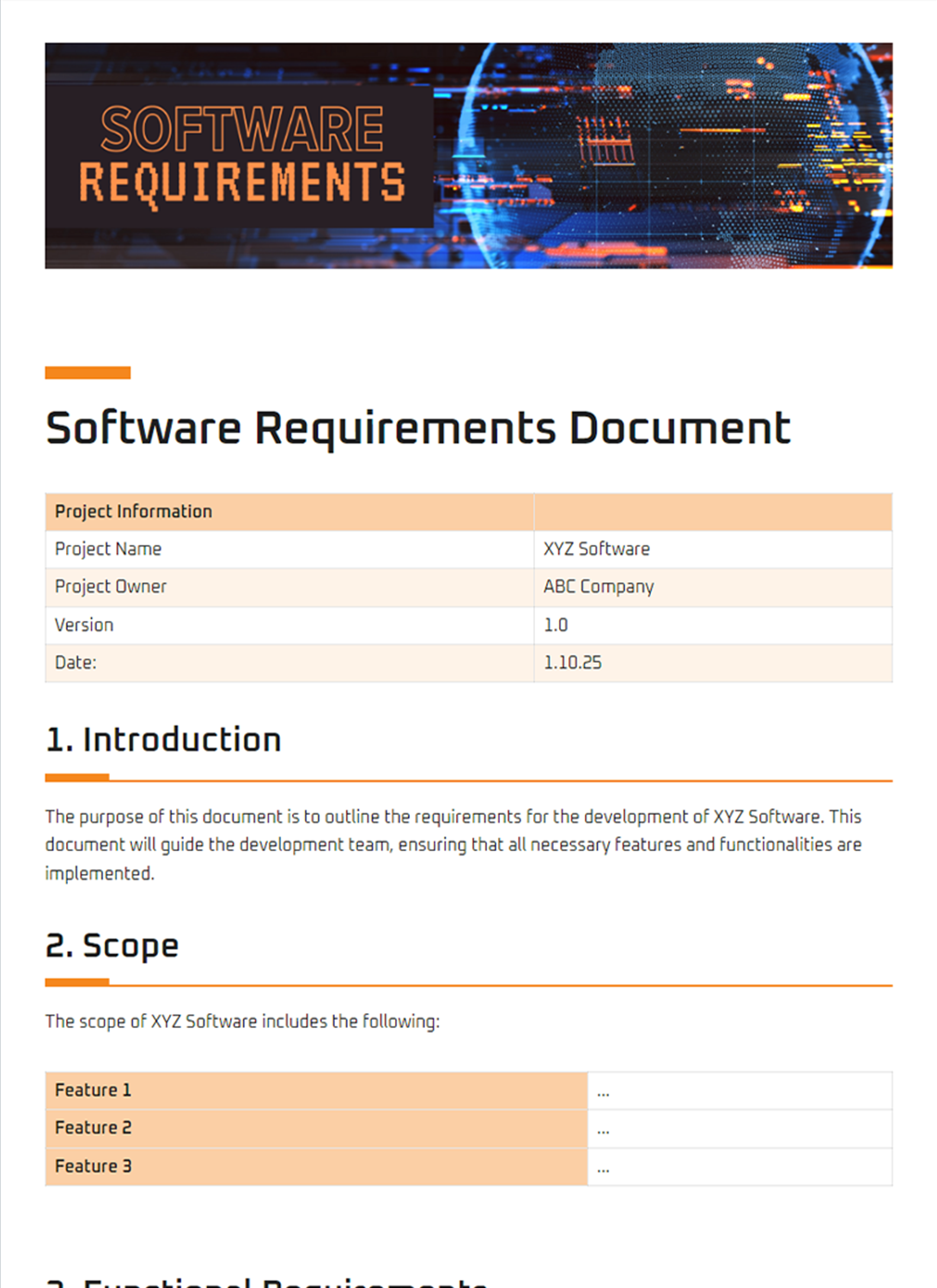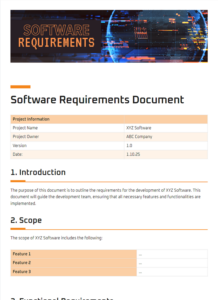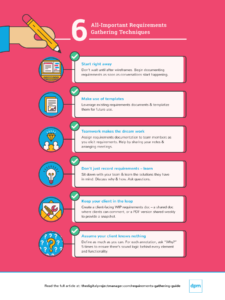When gathering user requirements for IT projects, a structured approach is essential to ensure a clear understanding of the project scope and objectives. An IT user requirements template provides a standardized framework for capturing and organizing these requirements, guiding stakeholders and facilitating effective project planning.
By utilizing an IT user requirements template, project teams can systematically define and document the needs of end-users, including functional requirements, quality attributes, and technical constraints. This template ensures that all relevant aspects of the project are considered, minimizing rework and enhancing project success rates.

Benefits of Using an IT User Requirements Template
Leveraging an IT user requirements template offers numerous benefits, including:
- Improved Communication: A comprehensive template facilitates clear communication between stakeholders, ensuring that all parties are aligned on project scope and deliverables.
- Increased Efficiency: A structured template streamlines the requirements gathering process, saving time and reducing the risk of missing critical user needs.
- Improved Accuracy: A predefined set of fields and consistent formatting helps ensure the accuracy and completeness of the captured requirements.
- Enhanced Traceability: A well-designed template provides clear traceability from user requirements to design specifications and implementation code.
- Reduced Rework: By capturing all requirements upfront, the template reduces the likelihood of rework later in the project lifecycle due to misunderstandings or missed requirements.
Key Components of an IT User Requirements Template
Effective IT user requirements templates typically include the following key components:
- Project Overview: Provides basic information about the project, including its scope, objectives, and constraints.
- Stakeholder Analysis: Identifies the stakeholders involved in the project and their roles, needs, and expectations.
- Functional Requirements: Describes the specific functionality required by the IT system, including inputs, outputs, and business processes.
- Quality Attributes: Defines the non-functional requirements of the system, such as performance, reliability, security, and usability.
- Technical Constraints: Details any technical limitations that impact the design and development of the system.
- Acceptance Criteria: Specifies the criteria that must be met for the system to be considered acceptable to the users.
Conclusion
An IT user requirements template is an indispensable tool for gathering and documenting the requirements of IT projects. By providing a structured framework, the template ensures that all relevant aspects of the project are considered and that all stakeholders are aligned on project scope and objectives.
Utilizing an IT user requirements template not only improves project efficiency and accuracy but also enhances communication, ensures traceability, and minimizes rework. By investing in a comprehensive template, project teams can establish a solid foundation for successful IT projects that meet the needs of end-users and deliver tangible business value.



